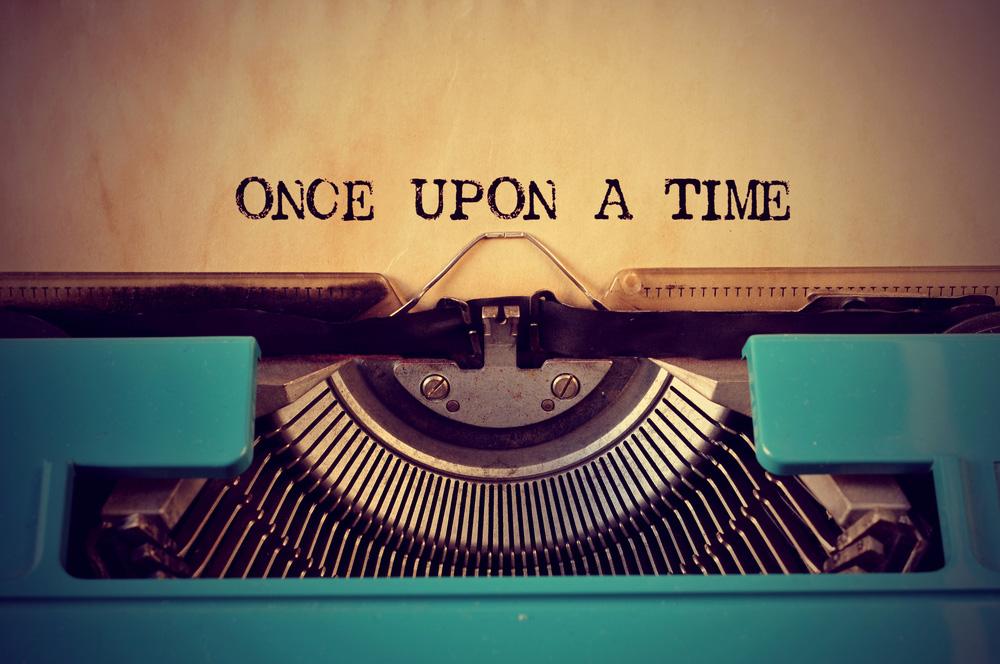Stop Selling Fiction!

Companies have woken up to the power of storytelling to sell more stuff.
Realizing that humans are not robots, and that thanks to the Internet, we have more access to product information than we could ever possibly need, businesses are increasingly using the power of heroes and villains to shift their goods and services.
That’s great. It’s better for consumers to be entertained as they’re informed, and constructing stories is much more fun for marketers to create—let alone more effective.
That said, far too many marketers either find it hard to break out of an egocentric, product focused mindset, or they get somewhat… elastic with the truth. As Jay Baer at Convince and Convert argues, many of these “stories” are straight up fiction that bear little resemblance to reality. But that’s going to change for two reasons:
First, Millennials abhor falsehoods (not that any generation craves them, but Millennials are especially angsty about marketing wolves in sheeps’ clothing). And as Millennials become the dominant buying cohort for more and more companies, storytelling will become grounded in unvarnished truth…
Second, the rise of live video (both a cause and an effect of the shift to non-fiction storytelling) will require brands to get comfortable with documentary style communications, warts and all.
Authenticity requires a much more ‘warts and all’ approach than the ‘polished’ approach businesses are reflexively most comfortable with. But if you want your future customers’ trust (and you need it if you want to sell to them), you need to think hard about promoting more realistic stories. For Jay’s full barrel of non-fiction insights, click on the link below.







